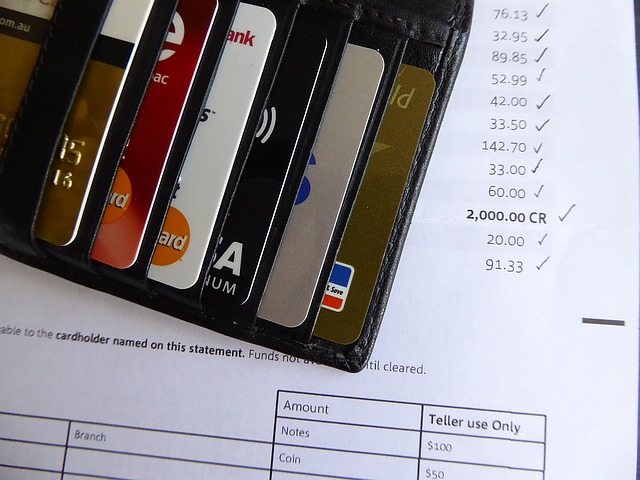Mistakes to Avoid when Disputing Credit Errors
The ability to make significant financial decisions in life relies heavily on your credit history and score. Potential lenders, employers, and other financial entities look to your financial reputation in an attempt to assess the degree of risk they take on when giving you a new account or a new career. Maintaining a track record of responsibility in money management is a key factor in keeping your credit report and score squeaky clean, but not everything is within your control. The credit reporting agencies and the creditors who report to them make errors from time to time, creating a frustrating situation for you as the consumer.
When an incorrect entry pops up on your credit report, you have the right to dispute it and ultimately, have it removed. However, there is a right way and a wrong way to go about the process. Here are the mistakes to avoid when disputing credit errors found on your credit report.
Going to the Creditor
Filing a dispute with the credit reporting agencies (Equifax, TransUnion, and Experian) may seem like an arduous process, creating an illusion that going directly to the creditor in question is a better course of action. It isn’t. The credit bureaus provide a system for disputing erroneous information that starts with a request submitted online or in writing. What most people misunderstand is that the process used by the credit bureaus also includes monitoring the process as it moves forward, and the ultimate deletion of incorrect information should a creditor not respond or own up to the mistake. When you go directly to the creditor, there is no guarantee that an investigation will take place, and you may unknowingly forego your rights under the Fair Credit Reporting Act. Always start with the credit bureaus and follow the systems they have in place for disputing entries.

lcb / Pixabay
Having no Proof
If you’re fighting an inaccurate entry on your credit report and it simply isn’t going away, you may have cause to bring a lawsuit against the credit bureau itself. Unfortunately, you won’t get very far if you have no proof. You must be able to show that the information reported is indeed incorrect, such as a record of payment or correspondence with a creditor. It is also important to have any communication with the credit reporting agency or the creditor documented as proof you followed the appropriate channels to remove the inaccurate entry.
If you sent your dispute through the mail, maintain copies of letters and certified mail receipts to help prove your case if the need arises. You’ll do yourself a favor by keeping copies of new credit account agreements, including loans, credit cards, and other lending solutions from the start. Remember, disputing a debt from a creditor that is reported accurately will do nothing for your credit report or score, so make sure to have proof of what you claim to be the issue before submitting your request.
Skipping the Details
Disputing an error on your credit report, whether online or in writing, should include a great deal of information regarding why the entry is incorrect. You will want to explain what took place and include any statements or other documentation proving your point. When you complete a dispute online, you have a small area to explain your position, but don’t let this keep you from giving all pertinent details. You do have the option to attach documents to an online dispute, and you should if you have them handy. If you find the space online to write our your dispute details isn’t enough room, shift gears and write your explanation out and send it along with copies of your documents instead.
The credit reporting agencies are far from perfect, but there are systems in place to keep you protected from errors in credit reporting. Before you submit a dispute, however, take the time to understand what works and what doesn’t, and the methods that work best toward getting your credit report and score back in good standing.

